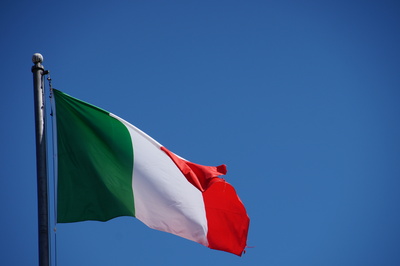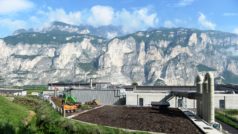According to the report, March has been characterized by better mills order books, mainly due to the restart of the rebars export to Algeria and the increased demand from the Steel Service Centers for rebuilding their stock. The resulting higher capacity utilizations and the lower mills scrap inventories, boosted the raw materials demand and consequently the prices. On the domestic spot market they rose around 15€, with some peaks of 20€ during the second half of the month. The contracts with the European suppliers have been settled with the average increase of 15€, basically going back to the January level.
Right after Easter the mills started the deals with their suppliers for the April contracts. The forecast are always focused on more increases in terms of prices and volumes, both supported by the low scrap inventories and the steel production. Anyway the main driver is the Turkish market, where demand and prices are always strong.
But the report also sees several troubles on the way. China said last week that antidumping tariffs from 14 to 46 percent would be applied to steel producers from Europe, Japan and Korea, to defend the country from unfair trade. At the same time USA and Brazil are in talks to find common barriers to limit the Chinese steel export in their countries. Also the European parliament is working for some measures of protection for the EU steel producers. In Britain Tata wants to sell its steel operation plants. In Brazil tens of thousands workers are droping out from the steel field.
Looking at the worldwide economy, the Capex Efficiency Index (capital expenditures) has been now reported at the same (lower) level of 2006, mainly drove by the Oil & Gas and Mines reduced investments, planned for this year and the next one. The barrel price is always rising and falling around 40 Us dollars, in spite of the producers’ efforts for increasing the average price around the fifty dollars. In the end, the origin of the metallic raw materials rebound could be simply explained by the clever policy of the main iron ore producers that, bearing low prices for some months, cleaned the market from several competitors and now are in a better position to work with higher prices and traded volumes.









